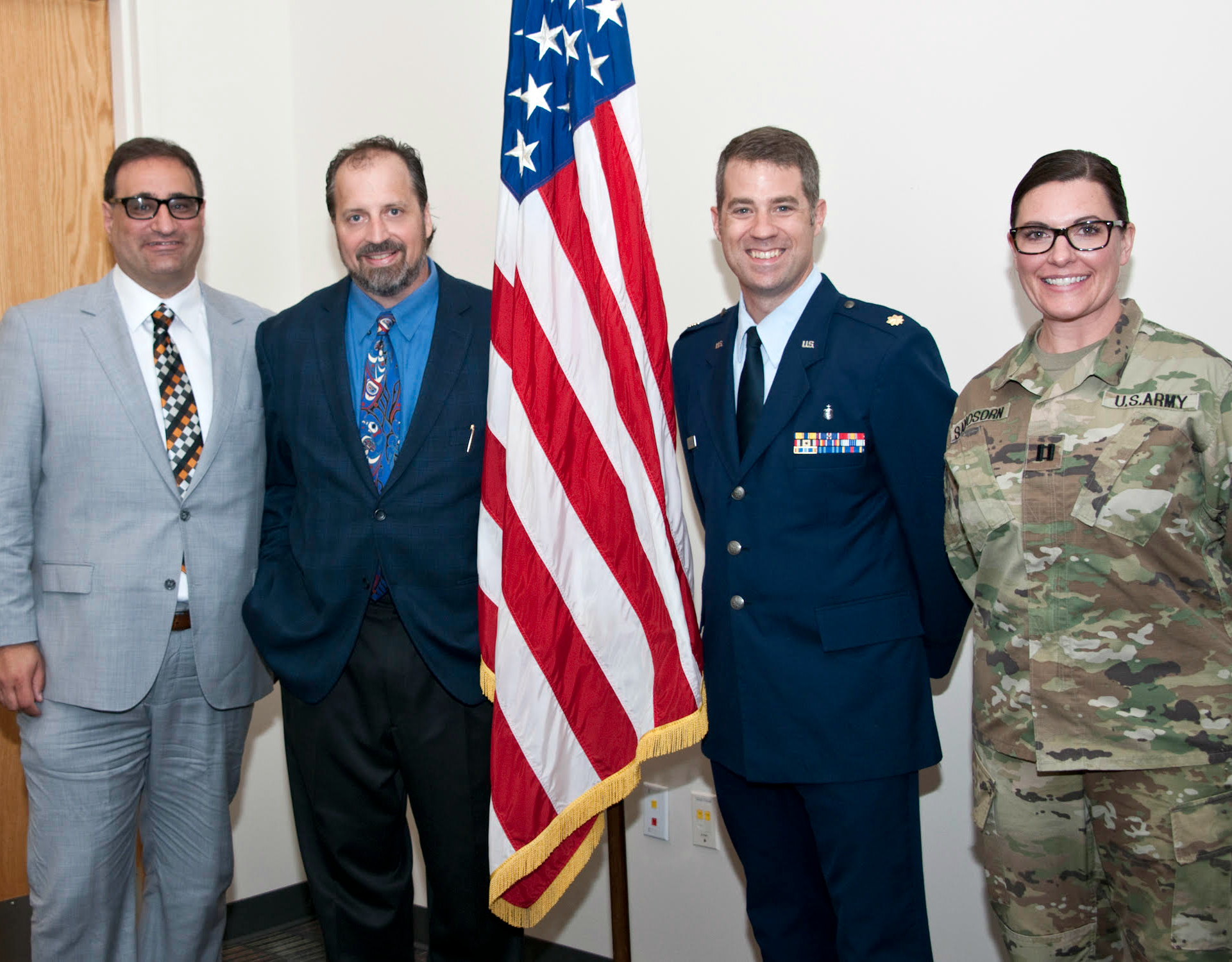

By Eric B. Bauman
I recently spent a week at the United States Department of Homeland Security Center for Domestic Preparedness training facility in Alabama attending a Federal Emergency Management Agency (FEMA) course. The course was the Emergency Medical Operations (EMO) for Chemical, Biological, Radiological, Nuclear and Explosive Incidents (CBRNE). The 32-hour course was a combination of didactic classroom content and integration of immersive small-group learning scenarios and large-scale simulation.
Following the EMO CBRNE course, everyone enrolled took part in an eight-hour large-scale disaster management simulation, or Integrated Capstone Event (ICE). The ICE simulation-based exercise also included students who took part in the Hospital Emergency Response Team (HERT) course and a Healthcare Leadership for Mass Casualty Incidents (HCL) course.
Almost all of the students “on base” were from Wisconsin. The Center for Domestic Preparedness often concentrates students from each state during specific weeks. This provides a fantastic opportunity to develop networks close to home that you may have to depend on during actual emergency management events in your own backyard.

I highly recommend the EMO CBRNE course for anybody who works in healthcare or in the emergency services. I hope to attend additional training courses offered through the Center for Domestic Preparedness and FEMA. It was a wonderful experience to find myself on the other side of the podium at this stage of my career. I’ve taught emergency services content for almost 30 years, spending much of that time leveraging simulation to facilitate, situate, and enhance learning experiences. I’ve also developed curricula to train-the-trainer and promote research related to simulation from a pedagogical perspective.
Not only did this training provide us with expert instruction to support essential situated critical thinking and skill-based technique, but it also allowed me to reflect on how to leverage this experience and continue to improve my teaching in ways that promote behavioral change once I’m back behind the proverbial podium. Not being the “expert” opens up all sorts of possibilities for experiential and life-long learning.

By the end of the week, I had accumulated 40 hours of continuing education, learned a lot about EMO CBRNE, and gained great new ideas to promote engagement and group learning to integrate into my own teaching paradigm.
If you’re interested in learning more about the training offered at the Center for Domestic Preparedness, visit their website. It doesn’t matter whether you are a career full-time responder, or a volunteer, the training offered is the same for everyone. The courses do not privilege prior knowledge or organizational status. If you attend, you are on equal footing with everyone else in your course, and on base.
And here is the kicker (and why you should apply for and attend FEMA and other Center for Domestic Preparedness training): There is no cost to you or your department. Your travel, food, and lodging are covered. Once accepted into these courses, all I had to do was to show up at the airport. I’ve attended similar immersive courses that have easily cost $5,000-10,000. It was a great experience… I am already looking at additional courses available to increase my expertise in the area of emergency services, but also to enhance my own teaching and learning.


